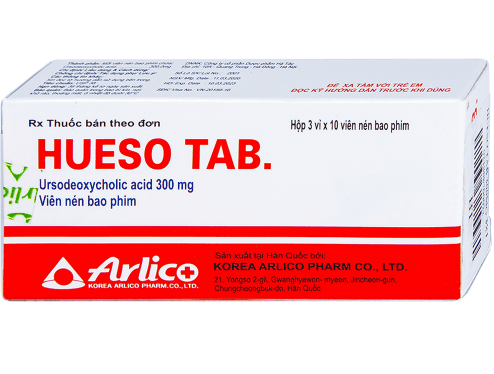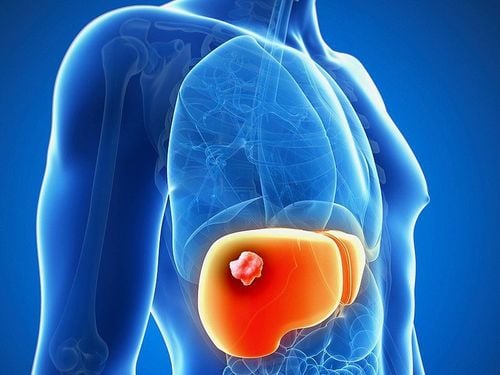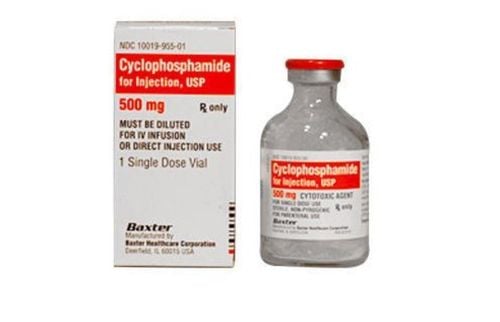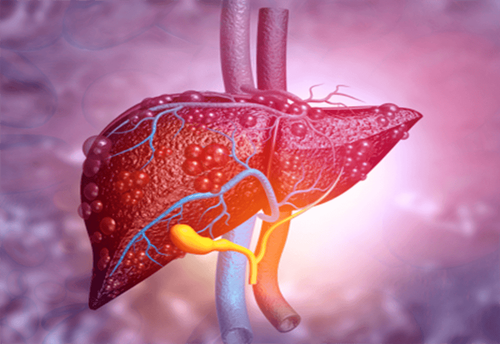This is an automatically translated article.
The article is professionally consulted by doctors working at Oncology Center - Vinmec Central Park International General HospitalHepatocellular carcinoma (HCC) is the sixth most common cancer diagnosis but the second leading cause of death worldwide. With the development of modern radiotherapy techniques, liver radiotherapy has now emerged as an attractive and effective treatment modality for this disease.
1. How dangerous is liver cancer?
Only patients with early-stage disease, such as solitary tumors with no vascular invasion or no lymph node or distant metastases, can be prioritized for resection and treatment. However, for patients who have undergone resection, the survival rate is also very low, an average of 5 years is 25% - 35%.Nearly 70% of patients have no indication for liver resection. The average survival rate was generally quite low in the inoperable group, ranging from 2-9 months.
Treatment options for advanced liver cancer that are not a solution to surgical therapies will include systemic therapy, arterial therapy, and radiation therapy. In the past, radiation therapy to the liver often had a limited role in the treatment of liver cancer due to concerns about the risk of radiation-induced liver disease (RILD).
Before the development of modern tissue-matched radiotherapy, liver radiotherapy often had to treat the entire liver due to concerns about organ movement and the difficulty of precise targeting. Treatment of the whole liver is associated with an increased risk of radiation-induced liver disease (RILD), even at relatively low doses.
The risk of developing RILD varies based on liver function, with an increased risk in patients with impaired hepatobiliary function. Liver radiation therapy patients for primary liver cancer have been found to have an increased risk of RILD when compared with patients receiving the same dose of radiation therapy for liver metastases. Among cirrhotic patients with a grade B cirrhosis, the risk of RILD was also increased compared with patients with grade A cirrhosis. Although many patients have recovered from RILD with supportive care, others still have persistent liver damage.
Due to the risk of RILD resulting in an inability to deliver adequate radiation therapy to the tumor, the predominant liver radiotherapy approach was previously limited to low-dose levels for palliative treatment. However, with the development of modern radiotherapy techniques, liver radiation therapy has now emerged as an attractive and effective treatment modality for liver cancer.

ung thư gan nếu để đến giai đoạn cuối thì sẽ rất khó điều trị
2. The birth of modern radiotherapy techniques
In the last 10 years, the development of techniques for planning and delivering radiation dose tailored to the target tissue has allowed not only to increase the dose of radiotherapy but also to accurately measure the radiation dose delivered to both the tumor and the tumor. The normal structures limit the dose around. These data enable clinicians to better understand dose-toxicity interactions.With the development of tissue-matched radiotherapy, it is also possible to deliver tumor radiotherapy doses even to patients who are not candidates for curative treatments due to the potential risk of hepatobiliary function. .
3. Intensity Modulated Radiation Therapy (IMRT) and Body Positioning Radiation Therapy (SBRT)
The development of high-tech radiotherapy technologies, such as intensity modulated radiation therapy (IMRT) and body position radiotherapy (SBRT) allows for further increases in radiation dose.These are high-precision forms of radiation therapy that use multiple beams to deliver high doses to the target tissue with a rapidly decreasing dose outside the target tissue, thereby minimizing the dose received from adjacent normal tissues .
IMRT radiation therapy is usually given on a regular or reduced dose schedule. In contrast, SBRT radiotherapy is delivered over several fractions, as opposed to conventional methods of daily treatment for several weeks.
In addition to traditional methods of radiation therapy - which causes cell death due to damage to DNA genetic material, SBRT is also believed to have a tumorigenic effect, possibly due to damage to blood vessels. With high doses delivered through IMRT and SBRT, when treating, clinicians need accurate tumor identification, management of tumor movement, and advanced therapeutic dose delivery systems to ensure safe treatment and effective.
Precise targeting is essential to ensure maximum dose is delivered to the tumor while minimizing dose impact on adjacent normal structures. Therefore, multi-phase simulated CT and/or MRI at the time of treatment planning is essential to accurately identify the target tissue. Target tissue identification is particularly variable in patients with hemangiomas or more infiltrative lesions. Magnetic resonance imaging-based simulations will be particularly useful in helping clinicians identify target tissues in patients with more infiltrative lesions on CT scans.
Immobilization of the patient is very important to ensure that the patient is not in the wrong position during radiation therapy, which is the basis for treatment planning and dose determination. Target tissue and organ movement must also be assessed at the time of treatment planning. Four-dimensional (4D) simulated CT scanning, with individual CT scans obtained throughout the respiratory cycle, facilitates precise target identification. CT scans should not be used when the patient is breathing freely, as this may lead to missed tumor vicinity or unnecessary radiation overdose affecting healthy liver parenchyma. For patients with significant tumor movement, abdominal compression devices can be used to reduce target organ and tissue movement.
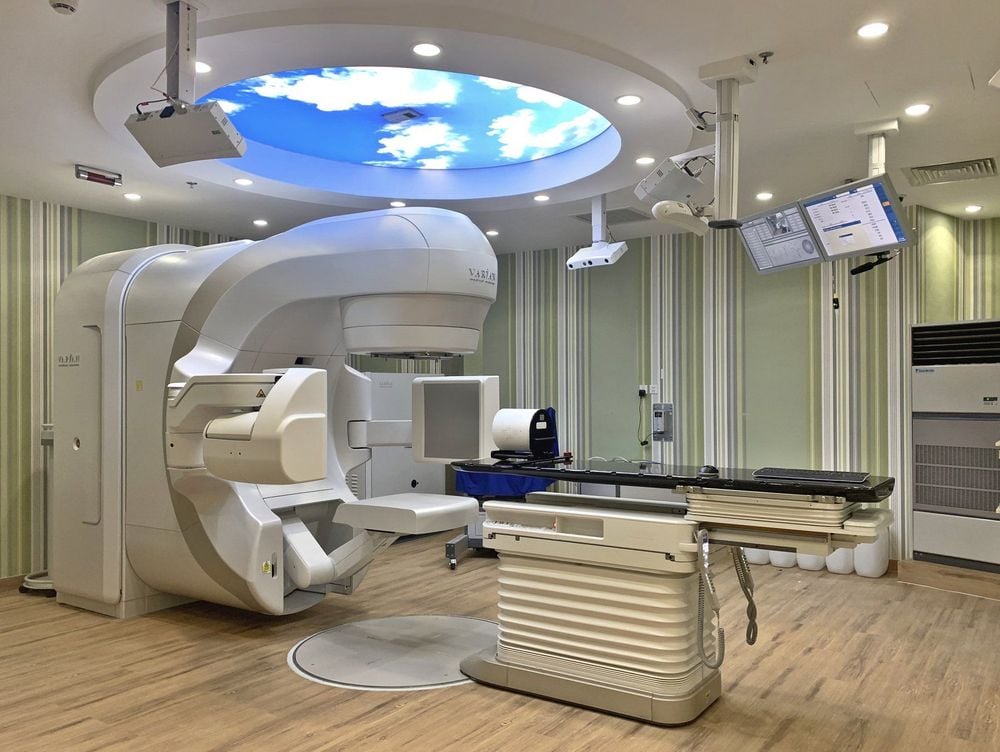
Hệ thống máy xạ trị Truebeam tại Bệnh viện Đa khoa Quốc tế Central Park
4. Results of liver radiotherapy using modern radiation techniques
Multiple single trials and prospective series have demonstrated impressive results with liver radiotherapy, with 1-year survival rates ranging from 50-100% and local tumor control between 64-100%. These results are particularly encouraging because many cases include advanced-stage patients, patients with latent cirrhosis, and patients who have failed previous therapies.Radiation therapy has a particularly clear effect in advanced HCC liver cancer. Tumor removal techniques such as radio waves or microwaves can be used as a radical treatment for small tumors, and to reduce the size of larger lesions.
Arterial-directed therapies, including chemical embolization (TACE), provide palliative and improved outcomes for patients with HCC that are far ahead of supportive care but their ability to control and manage Local treatment is still poor. Therefore, primary radiotherapy is increasingly being used as a lifesaving treatment when arterial therapy fails.
In patients with early-stage HCC, liver radiotherapy has particularly impressive results. Two studies from Japan with 0.8 - 5 cm tumors treated to 30 to 40 Gy in 5 fractions reported 99% to 100% 1-year survival and control rates. Tumor in situ at 1 year from 95% to 100%. Retrospective comparison of total resection versus radiotherapy in 26 patients with HCC found similar survival at 3 years (69.2% vs 57.1%, P=0, 049)
These results are important because some patients have smaller tumors that cannot be optimally resected, due to tumor location. For example, the proximity of the lesion to the blood vessels may reduce the effectiveness of this resection because the vessels can allow heat convection from the lesion. Tumors located in the dome of the liver or adjacent to the portal vein system of the liver are also challenging targets for surgery. For these patients, liver radiation therapy represents a safe and effective treatment modality.
5. Optimal dose and fractions for liver radiotherapy
The optimal dose in liver radiotherapy is still a topic that requires further research. Retrospective series have reported improved outcomes with increasing dose, particularly in patients with larger tumours.Although control improves with larger doses of radiation, especially in large lesions, a smaller total dose of radiation therapy may be sufficient, especially in patients with small primary tumors or people with type B cirrhosis. This is especially important because many liver cancer patients already have compromised hepatobiliary function and can therefore benefit from reduced dose radiation therapy and increased liver tissue protection. normal.
Please dial HOTLINE for more information or register for an appointment HERE. Download MyVinmec app to make appointments faster and to manage your bookings easily.




